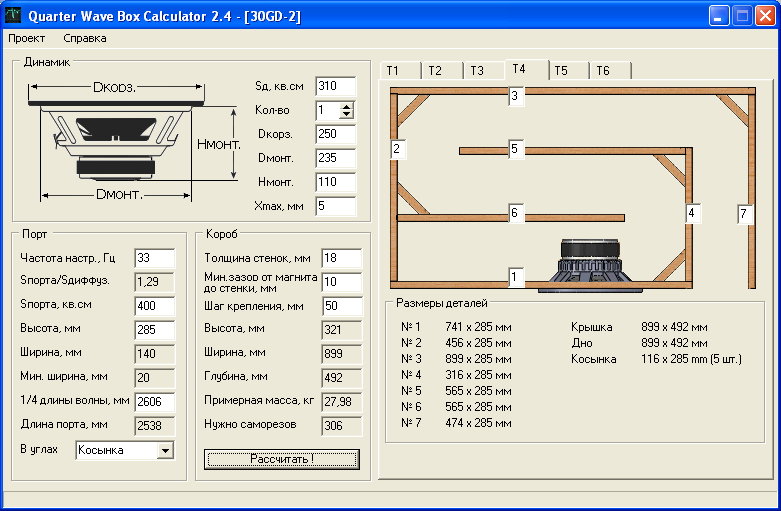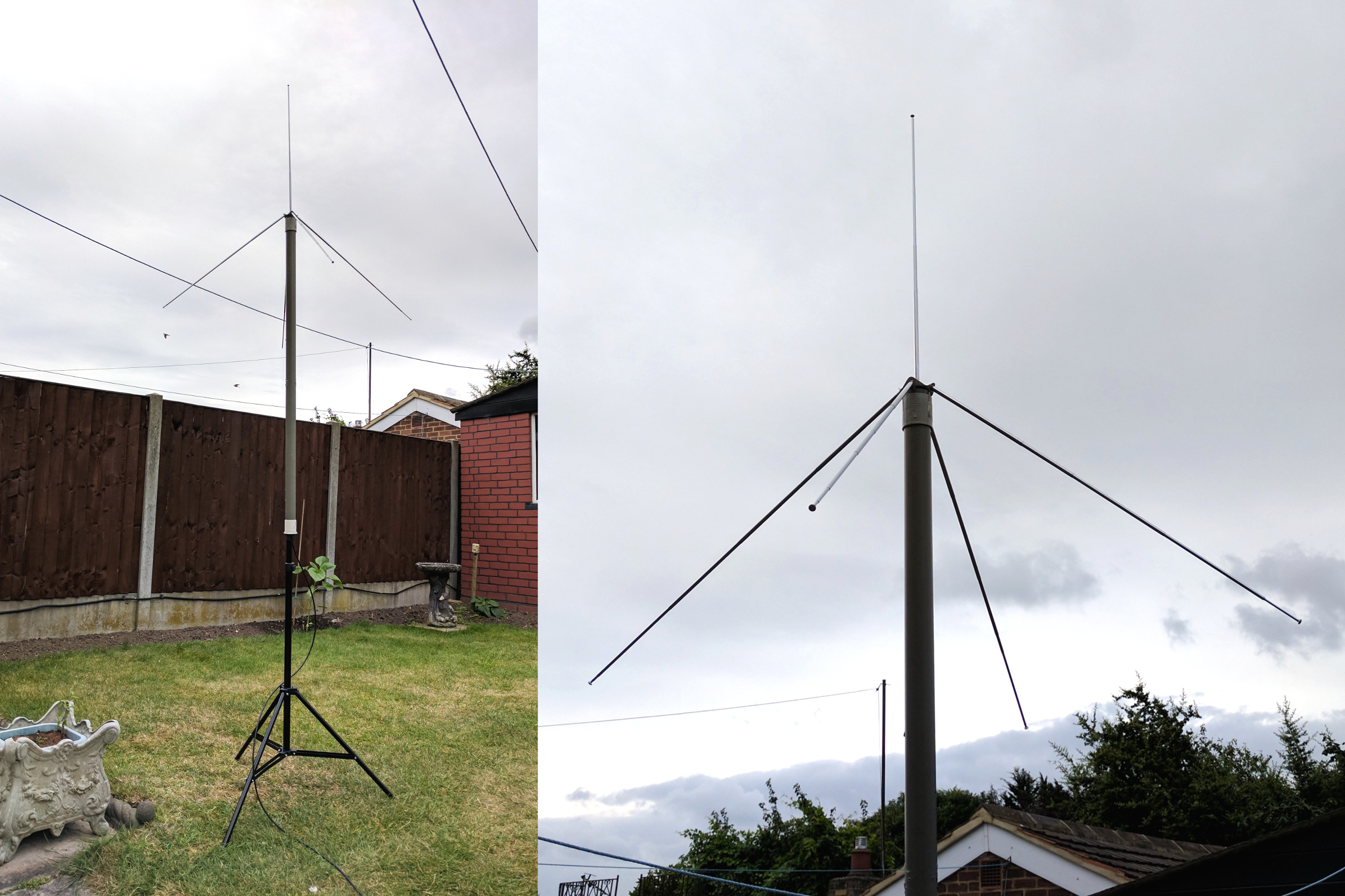Quarter Wave Box Calculator 21

Set the options in the New Document dialog box. Insert div tag containers and then drag the right side to resize the width to dreamweaevr within the column. Hover over each element to access the overhead menu to hide, duplicate, delete, and swap elements within the layout.
A cabinet with loudspeakers mounted in the holes. Number 1 is a mid-range driver. Number 2 is a high-range driver. Number 3 indicates two low-frequency. Below the bottom woofer is a port.
A loudspeaker enclosure or loudspeaker cabinet is an enclosure (often box-shaped) in which (e.g., and ) and associated electronic hardware, such as and, in some cases,, are mounted. Enclosures may range in design from simple, homemade rectangular particleboard boxes to very complex, expensive computer-designed cabinets that incorporate composite materials, internal baffles, horns, and acoustic insulation. Loudspeaker enclosures range in size from small cabinets with 4' woofers and small designed for listening to music with a system in a private home to huge, heavy enclosures with multiple 18' or even 21' speakers in huge enclosures which are designed for use in stadium concert for concerts. The primary role of the enclosure is to prevent sound waves generated by the rearward-facing surface of the of an open speaker driver interacting with sound waves generated at the front of the speaker driver. Because the forward- and rearward-generated sounds are out of phase with each other, any interaction between the two in the listening space creates a distortion of the original signal as it was intended to be reproduced. As such, a loudspeaker cannot be used without installing it in a cabinet of some type, or mounting it into a wall or ceiling. Additionally, because the sound waves would travel different paths through the listening space, the sound waves in an unmounted speaker would arrive at the listener's position at slightly different times, introducing and effects not part of the original sound.
The enclosure also plays a role in managing vibration induced by the driver frame and moving airmass within the enclosure, as well as heat generated by driver voice coils and amplifiers (especially where woofers and subwoofers are concerned). Sometimes considered part of the enclosure, the base, may include specially designed 'feet' to decouple the speaker from the floor. Enclosures designed for use in, and for use by electric musical instrument players (e.g., have a number of features to make them easier to transport, such as carrying handles on the top or sides, metal or plastic corner protectors, and metal grilles to protect the speakers). Speaker enclosures designed for use in a home or typically do not have handles or corner protectors, although they do still usually have a cloth or mesh cover to protect the woofer and tweeter. These are a metallic or cloth mesh that are used to protect the speaker by forming a protective cover over the speaker's cone while allowing sound to pass through undistorted. Speaker enclosures are used in homes in stereo systems, systems,, and many other audio appliances. Small speaker enclosures are used in systems.
Speaker cabinets are key components of a number of commercial applications, including, sound systems. Electric musical instruments invented in the 20th century, such as the, and, among others, are amplified using and speaker cabinets (e.g., speaker cabinets). Confidence interval analysis cia software download.
Contents • • • • • • • • • • • • • • • • • • • • • • History [ ] Early on, radio loudspeakers consisted of, often sold separately from the radio itself, (typically a small wood box containing the radio's electronic circuits ), so they were not usually housed in an enclosure. When paper cone loudspeaker drivers were introduced in the mid 1920s, radio cabinets began to be made larger to enclose both the electronics and the loudspeaker.

These cabinets were made largely for the sake of appearance, with the loudspeaker simply mounted behind a round hole in the cabinet. It was observed that the enclosure had a strong effect on the bass response of the speaker.